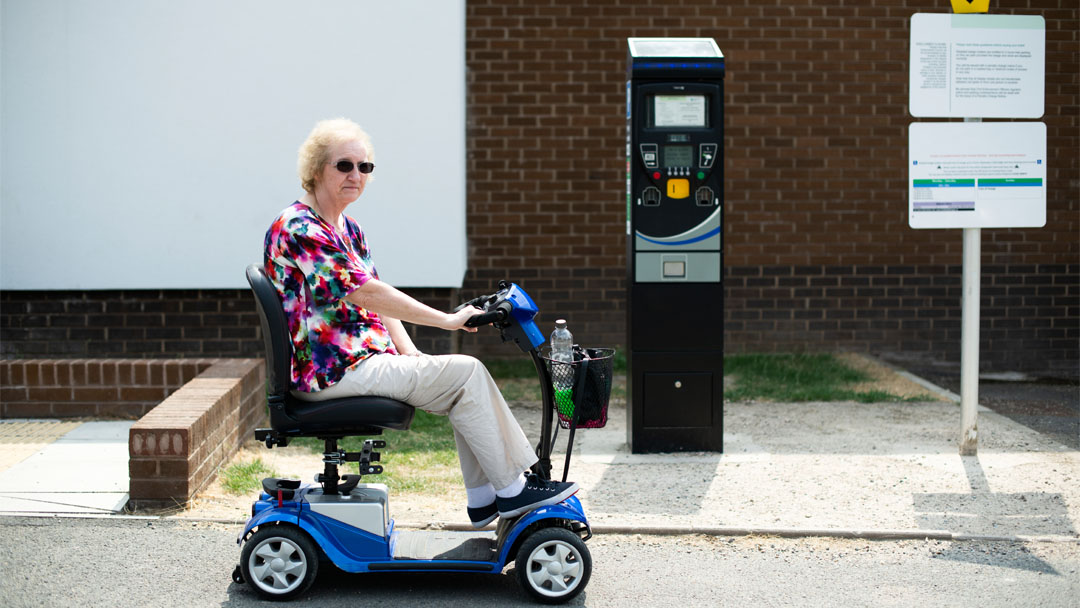Best Walking Canes

Not all walking canes are made the same way. If you’re searching for “canes for the elderly,” then this post is for you! Take a look at the best types of canes for the elderly on the market today.
The walking cane is the most favorable and broadly used support for individuals with limited mobility. Whether it is for a brief need or for support permanently, the cane is presently used by more than 5 million American citizens (about 70 percent of those individuals use a mobility device, such as a wheelchair, scooter, or walker).
When used properly, the right cane is able to improve balance and decrease the danger of falling by broadening the base of support and reduce the amount of weight spread over lower body joints such as individual’s hips, knees, ankles, and feet.
Whereas clearly the right cane could be a convenient and easy to use supporting apparatus for your elderly loved one, finding the best one could prove challenging because of the many options and types available.
What Kinds of Walking Canes Are Available?
There are many types of walking canes available for various uses, read below and find out which walking cane is best for you or your loved one.
Single-Point Canes
These walking canes have a single point of contact to the ground and is usually one of the most widely used kind of walking cane. These types of canes are available in a variety of designs and styles.
Multiple-Point Canes
Multiple-point canes usually have 3 or 4 points of contact to the ground. Quad and tri-pod style canes are able to stand on their own to offer more stability for individuals requiring a little extra assistance with balance.
Hemi-Walker Canes
Such walking canes are different from quad canes because their base is a lot larger. Many individuals transferring from a walker to a cane because of paralysis, frailty, or limited functionality of an arm, leg, or both consider these canes to be the ideal choice.
Folding Canes
These types of canes break down to easily be stored away and make a perfect choice for individuals that don’t require use their cane all the time. Folding canes are usually made of very light-weight materials and come with a strap or satchel for easy transport.
Seat Canes
These canes un-fold to offer a convenient place to reset when the individual needs to take a small break. Seat canes are usually made of durable material and sometimes weigh a little more than conventional single-point canes.
What Attributes Should You Look For In Walking Canes?
As you start to explore what kind of walking cane is ideal for you or a loved one, think about the primary functionality and various cane attributes listed below to help you make a decision. The ideal kind of handle and grip is going to offer the strength, comfort, and mobility required to carry out activities of day to day living.
Walking Cane Handle Designs
- C-Cane
- Off-set Handle
- Function Grip
- Fritz Handle
Besides the design of these handles, you should also think about the different materials available when it comes to grips. Foam Grips, Jell-Grips, and Orthopedic Grips have been designed for comfort and to decrease joint pain and exhaustion and might be available for your style of preferred cane.
Walking Cane Body Design
The cane’s design is vital for comfort and well-being. The ergonomically designed wood and aluminum canes provide you with the ideal support possible. Additionally, think about what attributes come on it’s body (for instance, a LED Light)
Cane Tips
Finding a cane tip that is non-slip (such as rubber) is going to provide extra stability and aid in preventing falls. Cans tips can be purchased separately if they wear out.
Height & Weight Capacity
The individual’s height and weight are important factors when choosing a cane. The cane should meet your hand to provide you with an upright position and support your weight dispersion without causing exhaustion in your back, arm, or wrist.
Mobility Center In Mesa, Arizona
Mobility Center has been proudly serving the entire Phoenix, Arizona area since 1975 with the finest in mobility aids, scooters, wheel chairs, lifts and support equipment. Visit our convenient location to see the products and receive the individual attention that you deserve. Our service area includes Mesa, Apache Junction, Tempe, Chandler, Scottsdale, Phoenix, Glendale, Surprise, and Sun City.



